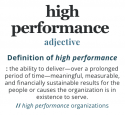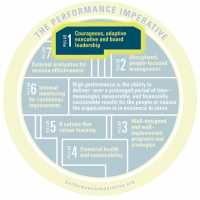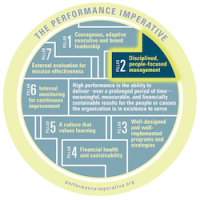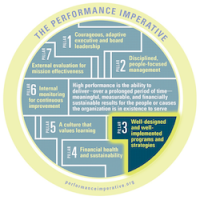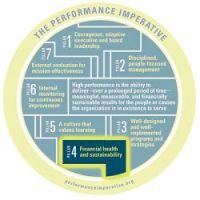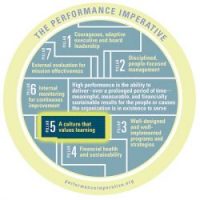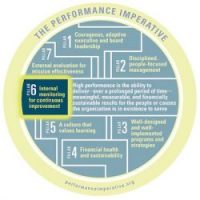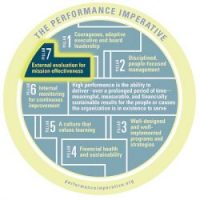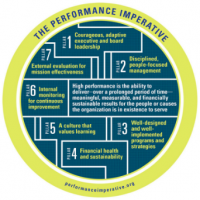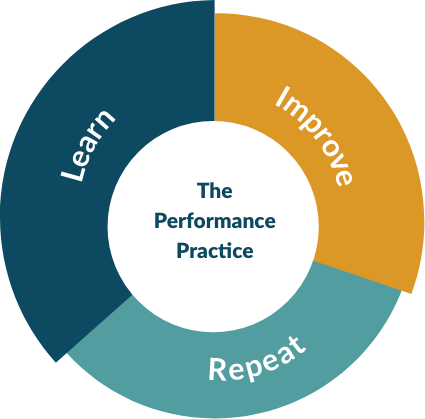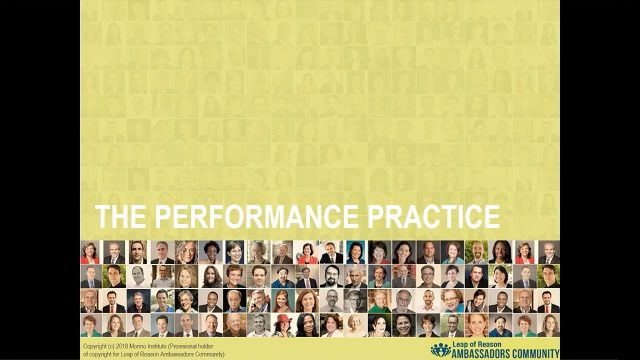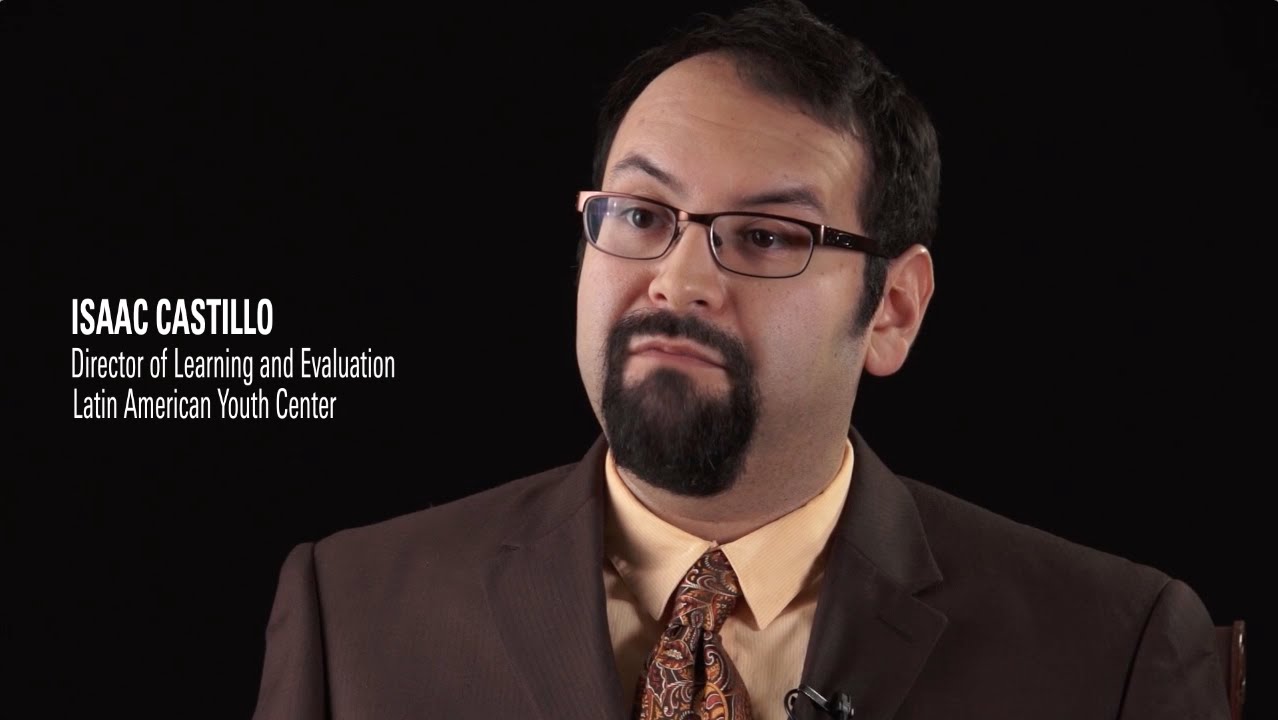Principle 6.1: The board, management, and staff work together to establish quantitative and qualitative indicators tightly aligned with the results they want to achieve, for each program and for the organization as a whole.
6.1.1: My organization has determined what we need to measure internally to continuously improve delivery of programs and confirm whether we are on track to achieve our intended results.
6.1.2: Our management and staff have identified what information we need for analysis of long-term patterns, trends, and correlations. (For example, how have the numbers served, outcomes, and cost per outcome changed over the past 24 months?)
